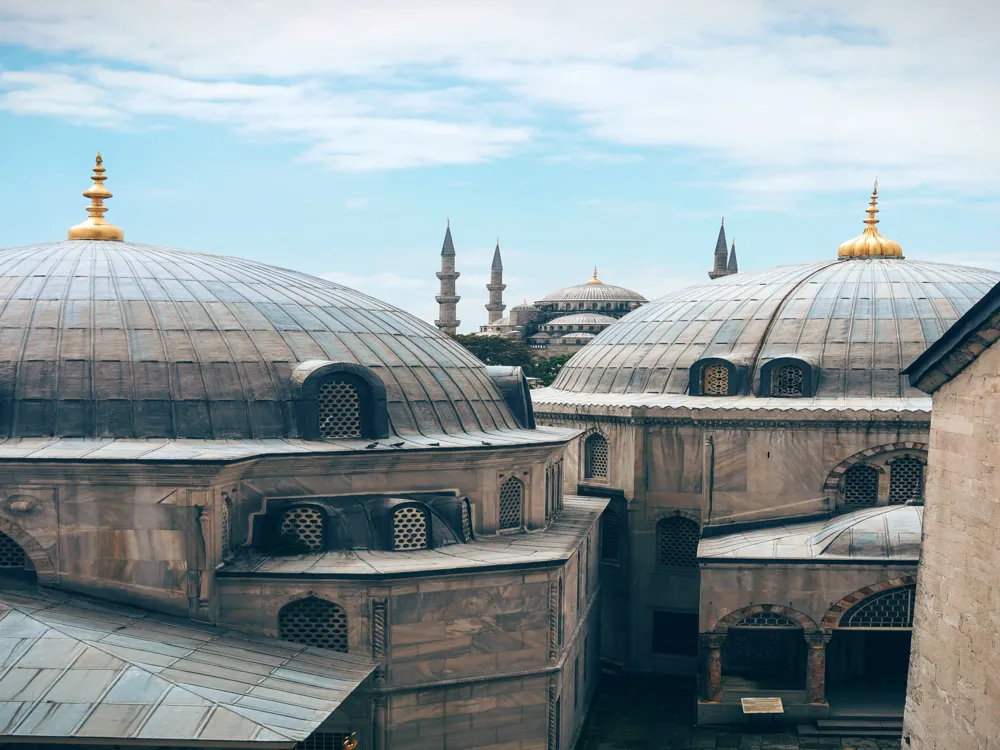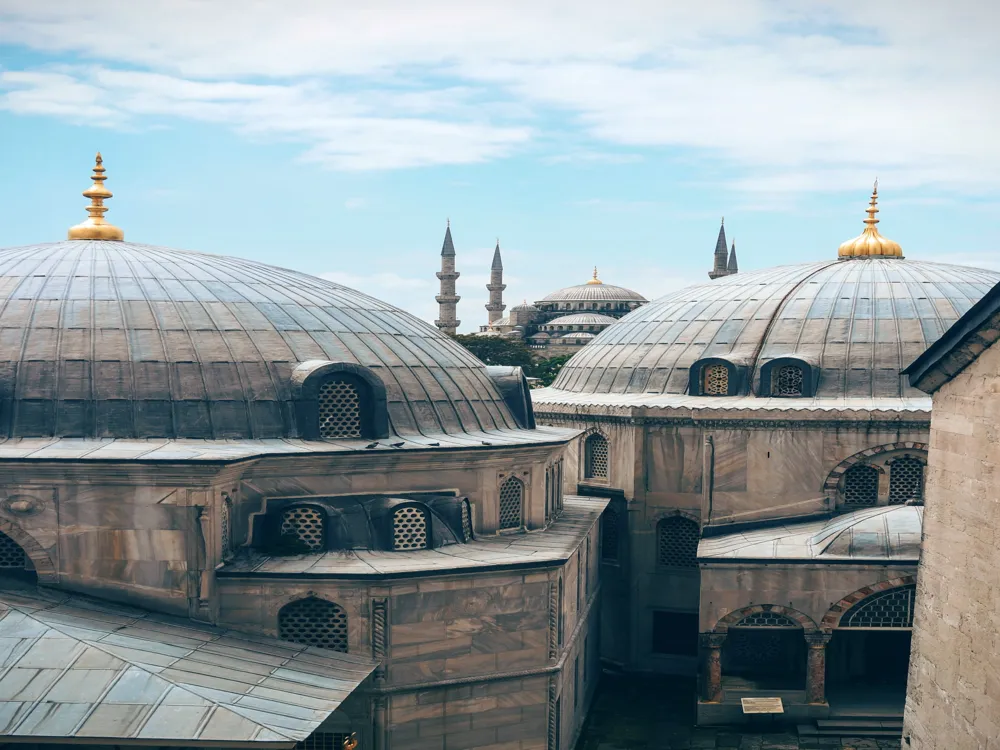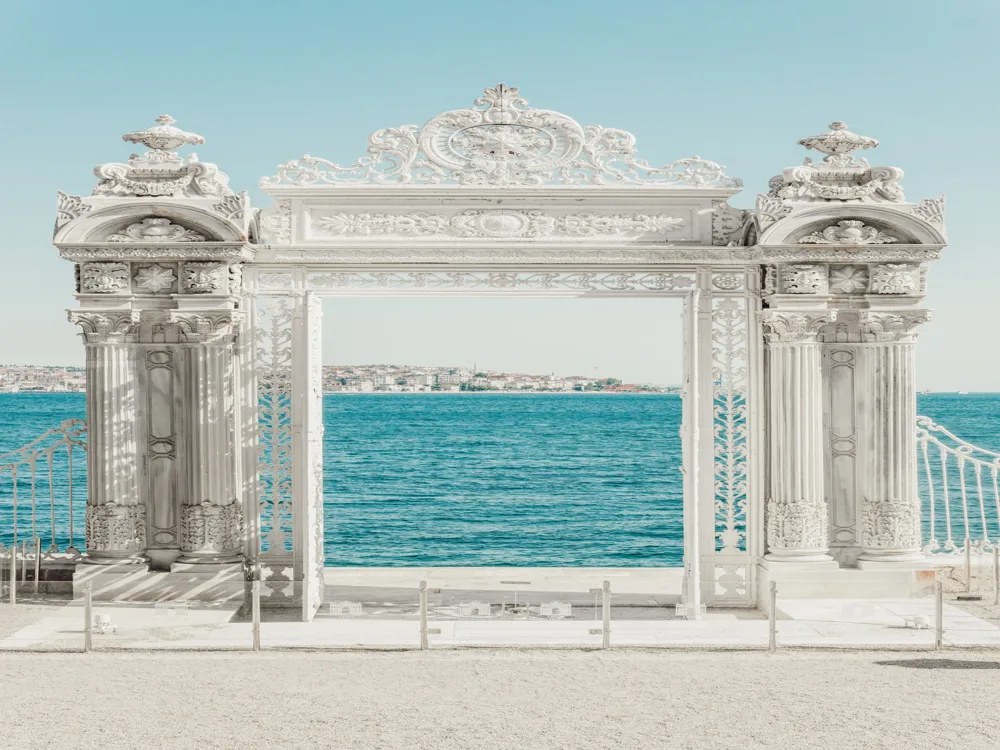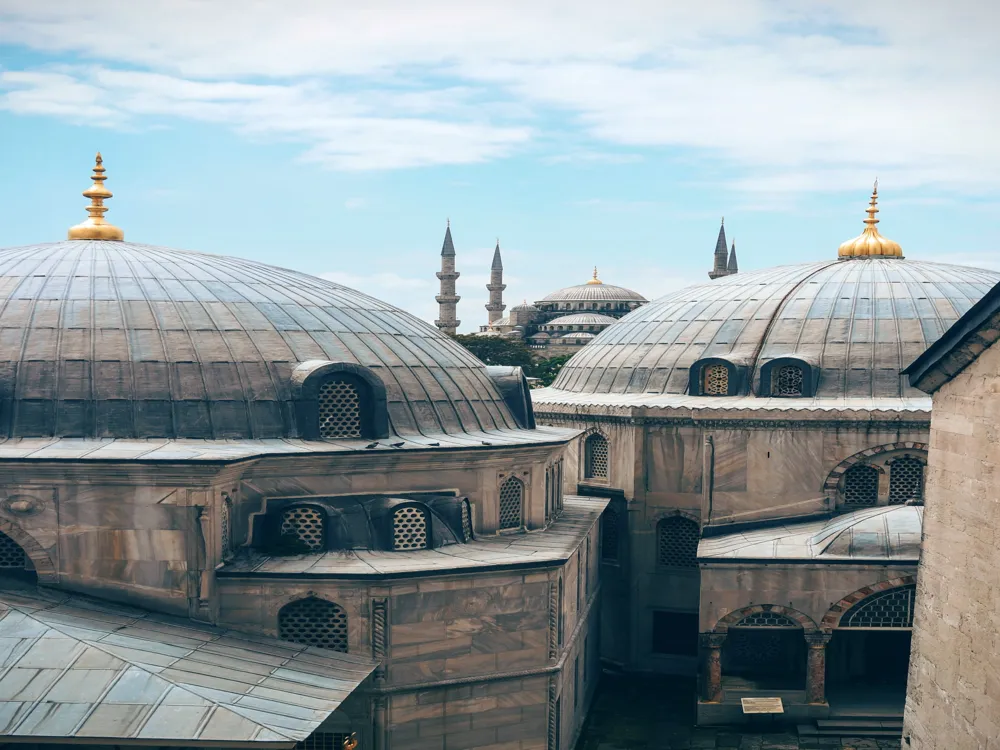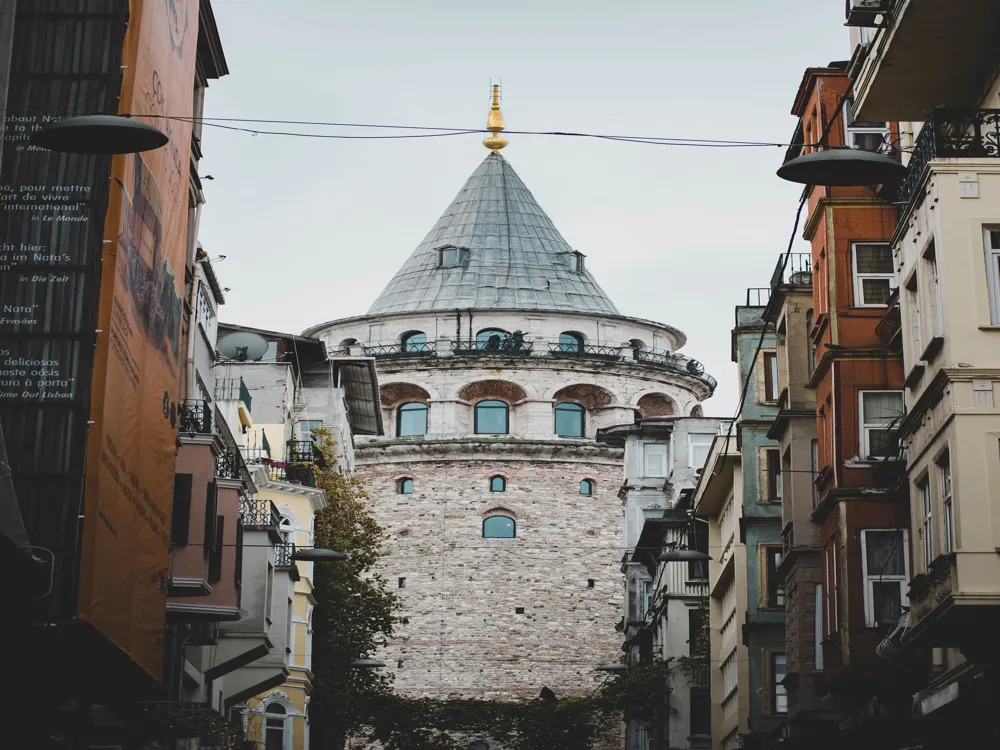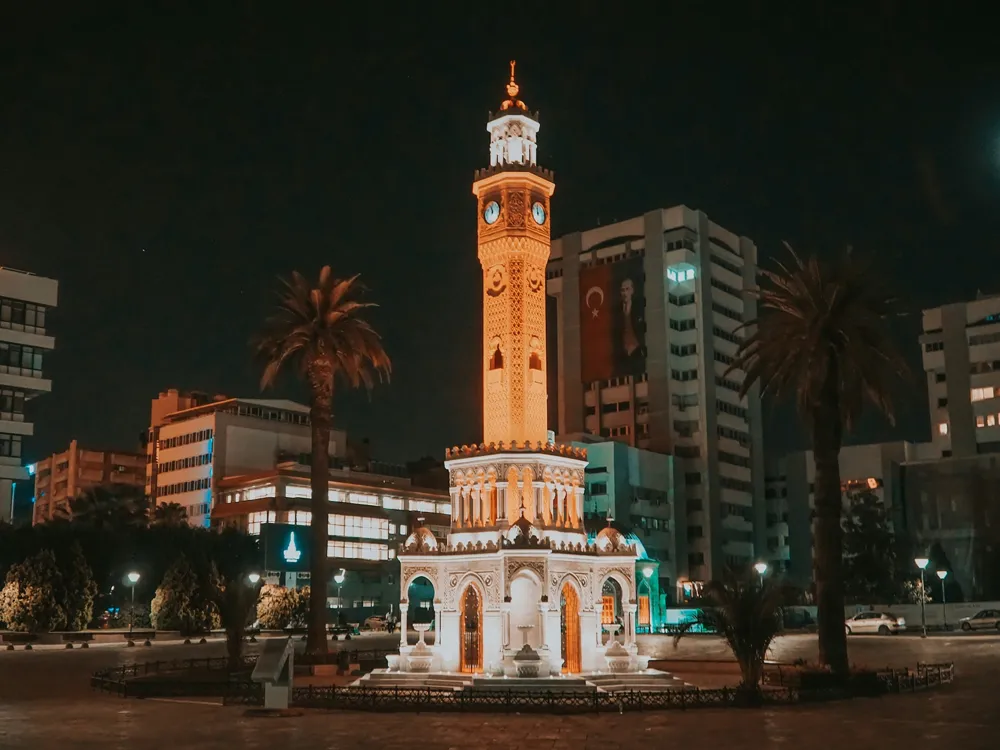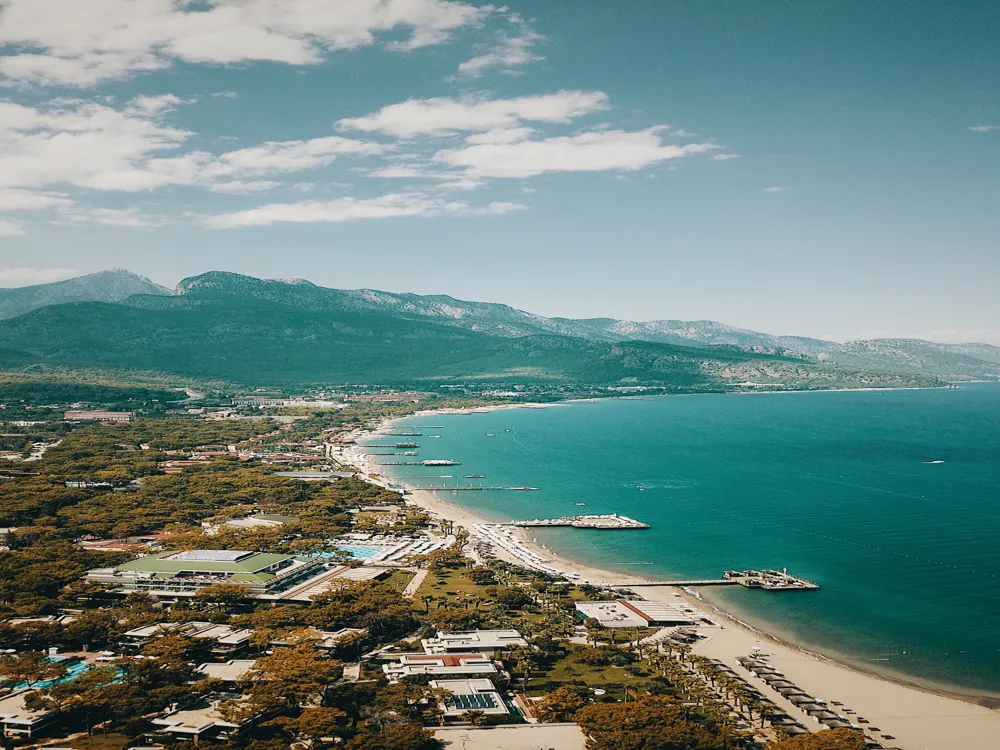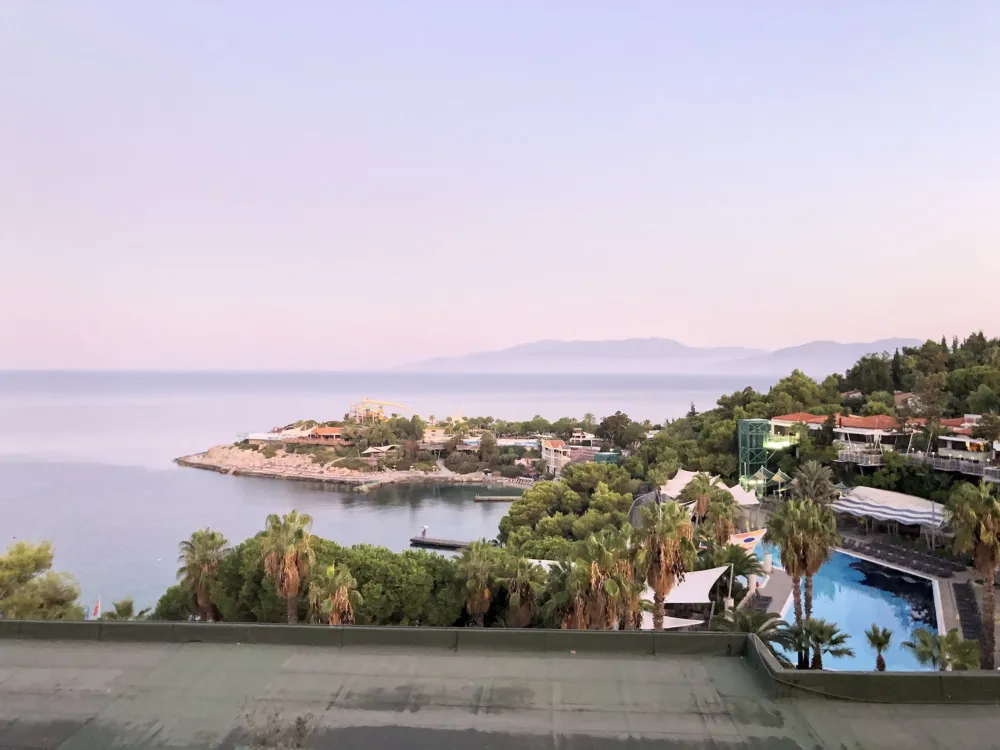The Bosphorus Strait, a natural wonder that separates Europe and Asia, is one of the most significant waterways in the world. Located in Istanbul, Turkey, this strait is not just a critical international shipping lane but also a stunning geographical marvel that has been the center of historical, cultural, and strategic importance for centuries. The Bosphorus Strait, with its unique location, offers a captivating blend of natural beauty and bustling city life, making it a must-visit destination for travelers and history enthusiasts alike. The strait stretches approximately 31 kilometers from the Black Sea to the Sea of Marmara, with a width varying from 700 meters to 3 kilometers. Its strategic importance cannot be overstated, as it serves as the only passage between the Black Sea and the Mediterranean, making it a vital route for international maritime trade. Over time, the Bosphorus has witnessed numerous historical events, from ancient Greek and Roman times through the Byzantine and Ottoman empires, each leaving its indelible mark on the region's architecture and culture. Today, the Bosphorus Strait is not only significant for its economic and strategic value but also as a symbol of the rich cultural heritage and diverse history of Istanbul. As you sail through its waters, you are greeted by a spectacular panorama of historic palaces, ancient castles, and modern villas, all set against the backdrop of Istanbul's dynamic skyline. This blend of old and new, East and West, is what makes the Bosphorus an enchanting and unforgettable experience. The Bosphorus Strait's geographical uniqueness lies in its position as a boundary between two continents. This natural waterway, formed thousands of years ago due to tectonic movements, has been a crucial crossroads for civilizations and cultures. The strait's shores are lined with lush greenery, rolling hills, and dramatic cliffs, providing breathtaking views and a sense of serenity amidst the bustling city life of Istanbul. The waters of the Bosphorus are teeming with marine life, making it a vibrant ecosystem. The strait's unique current system, with its surface and underwater currents flowing in opposite directions, adds to its navigational challenges and ecological diversity. This natural phenomenon creates a rich habitat for various species of fish and marine mammals, contributing to the strait's environmental significance. The Bosphorus Strait has been a crossroads of civilizations for millennia. Its shores have been home to Thracians, Greeks, Persians, Romans, Byzantines, and Ottomans, each contributing to the rich tapestry of the region's history. The strait has witnessed many pivotal moments in history, such as the Greek myth of Jason and the Argonauts, who sailed through the Bosphorus in search of the Golden Fleece. Throughout history, control over the Bosphorus has been a strategic objective for empires due to its position as a gateway between the East and West. The Byzantine Empire fortified the strait with a series of castles and towers, remnants of which can still be seen today. The Ottoman conquest of Constantinople in 1453, which involved crossing the Bosphorus, marked a turning point in world history, signaling the end of the Middle Ages and the beginning of the Ottoman era. The Bosphorus Strait is not just a geographical landmark but also a cultural and social hub. The shores of the Bosphorus are dotted with vibrant neighborhoods, each with its unique character and charm. From the historic districts of Beşiktaş and Ortaköy to the upscale areas of Bebek and Arnavutköy, the strait's coastline is a mosaic of different lifestyles and traditions. Cultural events, such as the Istanbul Biennial and the Bosphorus Cross-Continental Swim, celebrate the strait's significance and bring together people from all over the world. The Bosphorus also plays a central role in the daily lives of Istanbul's residents, with ferry rides across the strait being a quintessential part of the city's commuting experience. These ferries offer a unique perspective on the city, providing breathtaking views and a moment of tranquility amidst the urban hustle and bustle. The architecture along the Bosphorus Strait is a testament to Istanbul's rich and diverse history. This magnificent waterway is lined with an array of architectural marvels, ranging from ancient fortresses and opulent palaces to traditional Ottoman houses and modern residences. The architectural landscape of the Bosphorus is a visual narrative of the city's Read More:Overview of the Bosphorus Strait in Istanbul
The Unique Geography of the Bosphorus Strait
Historical Significance of the Bosphorus Strait
Cultural and Social Aspects of the Bosphorus Strait
Architecture of the Bosphorus Strait
Bosphorus Strait
Istanbul
₹ 27,999 onwards
View istanbul Packages
Istanbul Travel Packages
View All Packages For Istanbul
Top Hotel Collections for Istanbul

Private Pool

Luxury Hotels

5-Star Hotels

Pet Friendly
Top Hotels Near Istanbul
Other Top Ranking Places In Istanbul
View All Places To Visit In istanbul
View istanbul Packages
Istanbul Travel Packages
View All Packages For Istanbul
Top Hotel Collections for Istanbul

Private Pool

Luxury Hotels

5-Star Hotels

Pet Friendly






